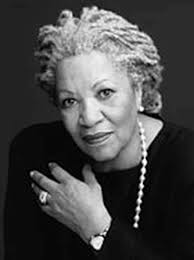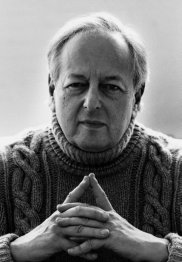The Carnegie Hall Corporation commissioned Toni Morrison and André Previn to create Honey and Rue specifically for soprano Kathleen Battle. Morrison’s novel The Bluest Eye served as the impetus behind Battle’s requested author for the text. Morrison herself describes Honey and Rue as “images yearning, satisfaction, and resolution" inspired by the struggles in the lives of women and African Americans [CD liner notes].
Honey and Rue, Morrison’s first composition for an original score, contains six songs. “First I’ll Try Love,” a wistful reflection on something seemingly unattainable. “Whose House is this?” is a depiction of alienation inspired by the African-American experience American history. “The Town Is Lit” is a study in contrast between suburban comfort and city excitement. “Do You Know Him?” is an unaccompanied song addressing the Identity of God. “I Am Not Seaworthy” is a dark reflection on drowning inspired by the Middle Passage, and “Take My Mother Home” is a wish for self-sacrifice in the face of slavery [The Critical Companion to Toni Morrison].
Previn abides closely by Morrison’s words, employing free tonalities, frequent hemiola, and the styles of jazz, blues, and spirituals in order to evoke the bittersweet images of the poetry. On the cover page he dedicates the work to his youngest son, Lucas.
The work premiered in New York City’s Carnegie Hall with Previn conducting the Orchestra of St. Luke’s on January 5, 1992. Later that year Toni Morrison served as orator for Kathleen Battle’s performance in Avery Fisher Hall. Battle’s performance on Boston Symphony’s Tanglewood Festival opener was described by the New York Times as “a model of understanding luxury, rich and plastic without need or ornament.” Honey and Rue was published in 1993 and recorded in 1995.


